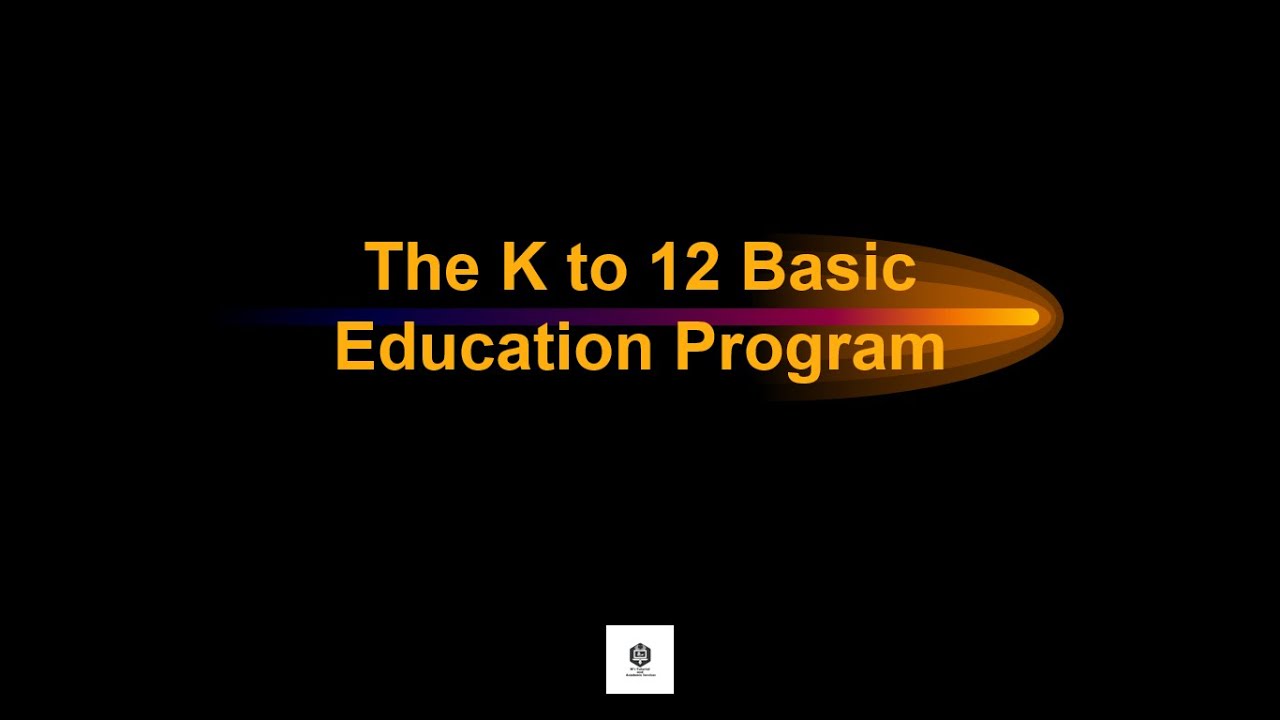The American School System
Summary
TLDRIn this video, Anna Maria offers a detailed overview of the American education system, starting from pre-kindergarten through high school. She explains the various stages, including elementary school, middle school, and high school, outlining the differences between public, private, and boarding schools. She also highlights scholarship opportunities available for music, academics, and financial aid, providing insight into how students can receive support based on their abilities and needs. This informative guide serves as an introduction to the educational options and funding opportunities in the U.S.
Takeaways
- 😀 Pre-Kindergarten (ages 4-6) introduces children to basic concepts like numbers and the alphabet.
- 😀 Kindergarten deepens knowledge of the alphabet, teaches word recognition, and helps develop social skills.
- 😀 Elementary school (Grades 1-5) focuses on vocabulary, math, science, and phonics.
- 😀 Middle school (Grades 6-8) prepares students for high school with more advanced tests and exploration of future high school options.
- 😀 Public high schools are free, large, and funded by taxes, without uniform requirements.
- 😀 Private Catholic schools are expensive (around $8,000 to $14,000 per year), have stricter rules, and provide a faith-based curriculum.
- 😀 Boarding schools offer a smaller, more sheltered environment where students live on campus.
- 😀 Scholarships for high school include musical talent scholarships ranging from $500 to $2,000.
- 😀 Academic scholarships reward high-performing students with up to $5,000 based on test results.
- 😀 Financial aid is available for students who qualify, determined by filling out a financial aid form.
- 😀 Choosing a high school depends on the student’s interests, personality, and academic goals.
Q & A
What is the purpose of pre-kindergarten in the American education system?
-Pre-kindergarten is designed to introduce young children, typically aged 4 to 6, to basic educational concepts like numbers and the alphabet, helping them prepare for formal schooling.
What is the main focus of kindergarten in the U.S. educational system?
-Kindergarten focuses on expanding children’s understanding of the alphabet, vocabulary, and words, as well as teaching them socialization skills to interact with other students.
How does elementary school education in the U.S. progress from grades 1 to 5?
-From grades 1 to 5, students build upon their vocabulary, math, science knowledge, and phonics, developing a strong academic foundation.
What is the difference between elementary school and middle school in the U.S.?
-Elementary school covers grades 1 to 5, focusing on basic subjects, while middle school (grades 6-8) introduces more advanced subjects and prepares students for high school by offering more challenging tests.
What options are available for high school education in the U.S.?
-Students can attend public schools, private Catholic schools, or boarding schools. Each type of school offers different environments and focuses, with public schools being free, Catholic schools being more expensive and religion-based, and boarding schools offering accommodation on campus.
What are the key features of public schools in the U.S.?
-Public schools are free and funded by taxes, serving a large student population. They provide opportunities for advanced classes but are generally less strict compared to private schools.
How are private Catholic schools in the U.S. different from public schools?
-Private Catholic schools are more expensive, ranging from $8,000 to $14,000 per year, and require students to wear uniforms. They have a smaller student body, a stricter environment, and include religious-based curricula alongside academic subjects.
What is the role of boarding schools in the U.S. high school system?
-Boarding schools provide a smaller, more sheltered environment where students live on campus. These schools offer a close-knit community and are often more rigorous in terms of academic expectations.
What types of scholarships are available to high school students in the U.S.?
-High school students can access music scholarships (ranging from $500 to $2,000), academic scholarships (up to $5,000), and financial aid based on need, which helps cover tuition costs.
How do academic scholarships work in the U.S. high school system?
-Academic scholarships are awarded to students who perform well on specific tests, with awards potentially reaching up to $5,000, helping to ease the financial burden of tuition.
Outlines

This section is available to paid users only. Please upgrade to access this part.
Upgrade NowMindmap

This section is available to paid users only. Please upgrade to access this part.
Upgrade NowKeywords

This section is available to paid users only. Please upgrade to access this part.
Upgrade NowHighlights

This section is available to paid users only. Please upgrade to access this part.
Upgrade NowTranscripts

This section is available to paid users only. Please upgrade to access this part.
Upgrade NowBrowse More Related Video

10 THINGS ABOUT EDUCATION IN RUSSIA THAT IS DIFFERENT FROM INDONESIA/10 things about Russian schools

Le système scolaire français

The K to 12 Basic Education Program

Sistema educativo colombiano

Teaching in the US vs. the rest of the world

Semua Kurikulum Sekolah di Indonesia Dijelaskan Dalam 8 Menit !
5.0 / 5 (0 votes)